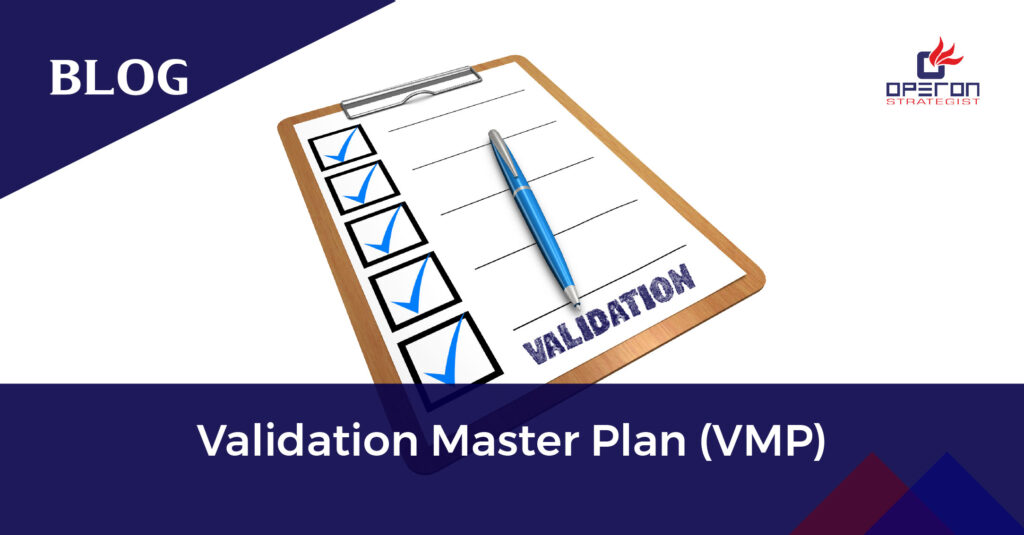Introduction
Transdermal patches have emerged as one of the most innovative drug delivery systems in modern healthcare. These patches deliver therapeutic agents through the skin directly into the bloodstream, providing a non-invasive and controlled alternative to oral or injectable medications. As a result, they are increasingly being adopted for the treatment of chronic conditions such as hypertension, pain, hormonal imbalances, and nicotine addiction.
What makes transdermal patches particularly interesting from a regulatory and manufacturing standpoint is their classification as drug-device combination products. This dual nature introduces both opportunity and complexity for medical device manufacturers and pharmaceutical companies alike.
Want to bring your transdermal patch to the global market?
Talk to our experts
With the global transdermal patch market projected to grow significantly—India alone is seeing rapid development in this space.
Ready to enter the booming transdermal patch market? Discover the key regulations, manufacturing insights, and global growth opportunities you need to succeed.
What Are Transdermal Patches?
Transdermal patches are adhesive-based medical systems designed to deliver drugs systematically through the skin over a period of time. They typically consist of multiple layers, including a drug reservoir, adhesive layer, backing layer, and a release liner.
Types of transdermal patches include:
- Matrix patches (drug dispersed in adhesive)
- Reservoir patches (drug contained in a separate layer)
- Multi-layer patches (complex release profiles)
Therapeutic uses:
- Nicotine replacement therapy
- Hormone replacement (e.g., estrogen, testosterone)
- Pain management (e.g., fentanyl)
- Cardiovascular treatment (e.g., nitroglycerin)
The appeal lies in their ability to provide controlled, sustained drug release, reduce dosing frequency, and improve patient compliance.
Drug-Device Combination Product Classification
Transdermal patches fall under the category of combination products because they include both a pharmaceutical drug and a medical device component (the patch system). Regulatory authorities such as the U.S. FDA, EMA, and CDSCO apply specific frameworks to ensure the safety, efficacy, and quality of these products.
FDA Perspective
Under 21 CFR Part 3, the FDA defines combination products and assigns primary mode of action (PMOA) to determine which center—CDER (drugs) or CDRH (devices)—will lead the review. Most transdermal patches fall under CDER because the therapeutic effect is due to the drug, but they must still meet 21 CFR Part 820.30 Design Control requirements for the device part.
EMA and CDSCO
- In the EU, they are regulated under the Medical Device Regulation (MDR) and Medicinal Products Directive, depending on PMOA.
- In India, CDSCO assesses such products through a case-by-case evaluation, often involving both drug and device divisions.
Key Regulatory Challenges
Developing a transdermal patch means navigating two sets of regulatory standards: one for drugs and one for devices. Here are the key compliance areas:
- Design & Development Documentation – Required under ISO 13485 and 21 CFR 820.30 for device component.
- GMP Compliance – Must comply with both pharmaceutical GMP (Schedule M / 21 CFR 210/211) and QMS for medical devices.
- Biocompatibility & Stability – Skin contact materials must pass ISO 10993 tests; drug stability and release profile must be validated.
- Packaging & Labeling – Must ensure proper labeling, tamper resistance, and clear dosage instructions.
- Clinical Evaluation – Required for new drug-device combinations or if claiming superior performance.
Manufacturing Considerations
Manufacturing transdermal patches requires specialized infrastructure and processes that align with both drug and device regulations.
- Cleanroom Standards: Class 100,000 (ISO 8) or higher may be required for patch assembly.
- Raw Material Selection: Adhesives, liners, and backing layers must be biocompatible and non-reactive.
- Process Validation: Critical steps such as coating, drying, and lamination must be validated for consistency.
- Packaging Validation: Moisture barrier and stability testing are crucial for product longevity.
Global Market Opportunity
The Indian transdermal patch market is experiencing rapid growth, driven by increased demand for pain management and lifestyle-related treatments. Globally, North America and Europe remain dominant markets, but Asia-Pacific is emerging as a strong contender due to rising healthcare investments and contract manufacturing opportunities.
Exporters and startups can tap into this growing demand by:
- Targeting regulated markets with high compliance
- Offering contract development and manufacturing services (CDMO)
- Leveraging cost-efficient production in regions like India and Southeast Asia
How Operon Strategist Can Help
At Operon Strategist, we specialize in providing end-to-end consulting for drug-device combination products like transdermal patches. Our services include:
- Regulatory pathway planning for FDA, CE, CDSCO
- Design & development documentation as per ISO 13485 and 21 CFR 820
- Facility layout & cleanroom design consulting
- Quality Management System implementation
- Product registration and technical file preparation
Whether you’re a startup launching your first product or an established manufacturer exploring new markets, we provide the regulatory clarity and technical expertise you need to succeed.
Don’t let regulatory complexity slow your innovation. Contact Us today.
📩 Get in touch with our experts to discuss your project today.
Conclusion
Transdermal patches represent a promising frontier for medical device manufacturers and pharmaceutical companies, offering significant market potential and therapeutic advantages. However, their status as drug-device combination products adds complexity to regulatory approvals and manufacturing.
Navigating this space requires a clear understanding of international regulations and precise implementation of quality systems. With the right strategy and expert guidance, manufacturers can confidently develop and export compliant, innovative transdermal patch products.
- adminhttps://operonstrategist.com/author/admin-2/
- adminhttps://operonstrategist.com/author/admin-2/
- adminhttps://operonstrategist.com/author/admin-2/
- adminhttps://operonstrategist.com/author/admin-2/




